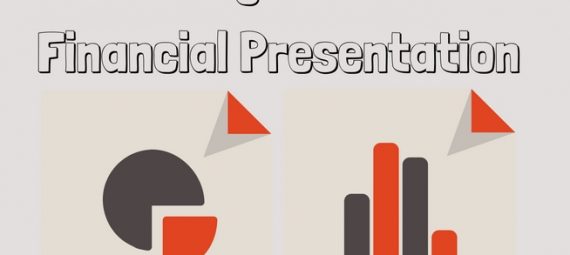Lesson 5: How to deliver a powerful financial presentation
Focus on your audience’s needs
Presenting data without confusing or overwhelming your audience can be a tricky task. Not everyone in your audience or on the panel will be as number savvy as you and, let’s face it, it can be a subject that can easily have people switching off. The most common mistake that is made is to share everything you know. Instead, you must concentrate on only what is essential. To achieve this you may need to look at your slides in a brand new light. You need to put yourself into the shoes of those who you will be presenting to and take the time to plan which figures are vital to your business and which can be easily dropped from the charts. Then decide where your statistics will fit well within your content.
Give your audience the information they want first. You have very little time at the beginning of any presentation to capture their attention and you don’t want people switching off. Make that amazing first impression and once you have their attention, you can cover what they need to know.
Presentational Style
The ideal outcome is for the presentation to seem like a conversation with the audience, rather than something you have memorised. Learning a totally scripted presentation puts unnecessary pressure on the presenter and creates a sense of panic if you are less than word perfect. It is always beneficial to plan what you are going to say and when but you could also have a go with conversational presenting if you have the confidence to do so.
If you are the one giving the presentation, accept that you will make a couple of mistakes, but also know that you’ll probably be the only one that notices… as long as you don’t give the game away! Don’t be fazed if the screen doesn’t work, if you forget some of your planned sentences, if you trip on the stage or some other issue crops up, you are only human and things do go wrong at times. Remember the audience is on your side. As long as you know what you are talking about and you are well prepared then you will be fine. Use the slides as prompts, circle or highlight key figures that you plan to talk about, keep key words in your mind to remind yourself of what to say and fill any awkward moments with vital facts.
Make your message relatable
Think about how you can deliver your message in a way that everyone sat in the audience can understand and relate to. Stories can help to build a rapport between yourself and those listening and will also help to capture their attention. Text is simpler to be read in short sharp bursts, as bullet points or arriving on the screen in a transition. Numbers don’t have to be the dull area… you can even be clever with these too. Why not try a transition for your chart? Or include a little fun animation alongside your figures? Make your presentation stand out and prevent anyone from switching off.
Tell the story behind the numbers
In a financial presentation, the presenter’s role is to translate the data into knowledge that is useful to the audience. When presenting things like income statements or balance sheets you need to stick to the key points and provide the story behind the numbers as outlined below:
- For example, you need to summarise the facts:
‘Over the past two years, revenue has increased by 30%’.
- Then you need to explain the reason behind the fact, for instance:
‘We have focused on increasing our online presence which has doubled the amount of traffic visiting our website’.
- You then need to highlight what has been learnt from this and what the strategy is for the future, for example:
‘The success that has been gained from attracting more people to our site means we can now increase our product range so we can convert more of the traffic into buying customers’.
Understanding what the numbers mean and what action you should take as a result is where you will find the greatest value and it’s this level of knowledge in the numbers that you need to communicate to your audience.
By following the guide above it will help you transform a potentially dull financial presentation into one that captures and holds your audience’s attention and delivers the story behind the numbers.
This is the final instalment of our Investor Deck Series and we really hope it has given you the best tips and ideas for your next presentation. If you missed the other articles you can read the first one here.


 Protect your Intellectual Property.
Protect your Intellectual Property.